Rohan Naik
New Member
- Joined
- Dec 4, 2015
- Messages
- 445
- Likes
- 1,162
My question remains unanswered..Rudra is and lch are light helicopters which can carry payload in high altitudes.....
Doesn't mean they can't deployed in plain s ....
My question remains unanswered..Rudra is and lch are light helicopters which can carry payload in high altitudes.....
Doesn't mean they can't deployed in plain s ....
Ya Rudras. Can be deployed..but mi35 and Apache will be more effective in planesMy question remains unanswered..

 indianopenminds.com
indianopenminds.com
Wrong sir,Bdw ...in terrains. ....atgms are not useful
Ya agnaist tanks it's useful...
But salvo of rockets aganaist infantary is very useful . .also rockets are less costly
Availability can change in days when threat presents itself.ALH Rudra - WSI is not an attack helicopter ...
The IAF version carries Mistral missiles. The IAF primarily uses that against the UAV and enemy hepters..
Army version carries ATGM... which are not available....
Ya sir ... rockets are good agnaist open or exposed enemy....Wrong sir,
Atgm is very useful against dug in enemy, sangers, bunkers, vehicles and structures...emplacements. guns and A vehicles etc...
ATGM has longer ranges...can be fired from stand off distances..
Carries higher explosive..
Is much accurate ... is a point weapons..
Helina can engage targets which are behind the crest with MM Wave seekers...
Rockets in comparison are more effective against open or exposed enemy and has advantages of multiplicity of warheads.. ammunition such as fragmentation, bursts, smoke. incendiary etc...
Rudra is a armed helicopter.....ALH Rudra - WSI is not an attack helicopter ...
The IAF version carries Mistral missiles. The IAF primarily uses that against the UAV and enemy hepters..
Army version carries ATGM... which are not available....
Yes it will be operated everywhere where the Indian army goes.Do you think attack helis like Rudras will only be used in mountains? What about plains and desserts? Remember, we also have an enemy there!!
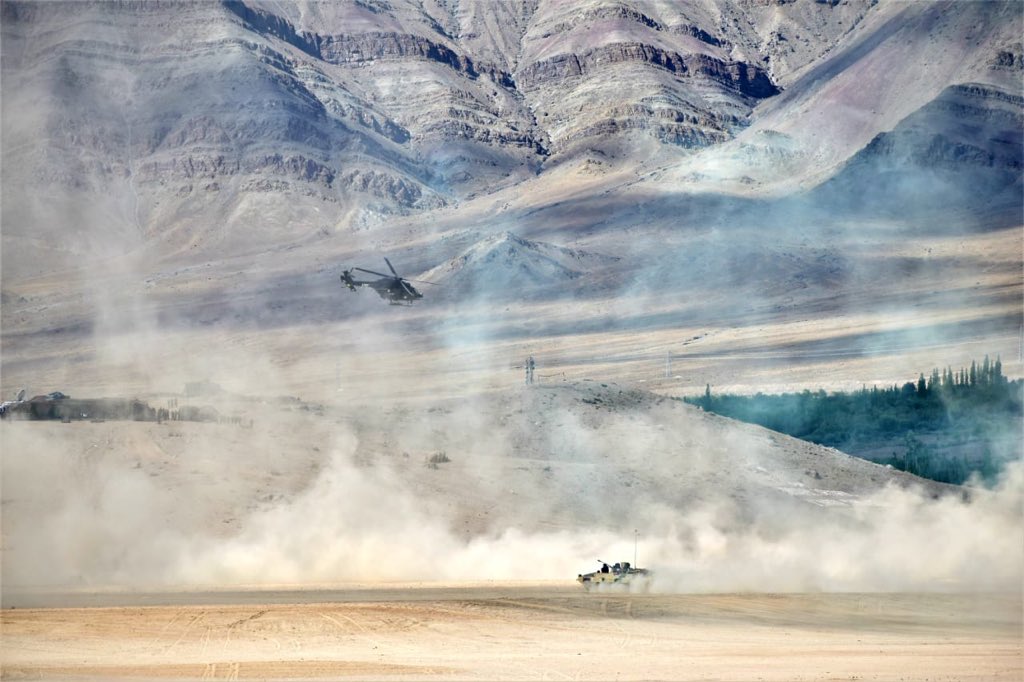
The state-of-the-art helicopter is being supplied under an inter-governmental MoU concluded last week. The chopper, which costs around seven million USD, is being supplied under a 100 million USD line of credit extended by India to Mauritius over three years ago,South America
This is good news and always felt that South America is an untapped market I wonder if India could expand operations in this region.
Peru uses Fulcrums and Hip's maybe some service contracts could be won?
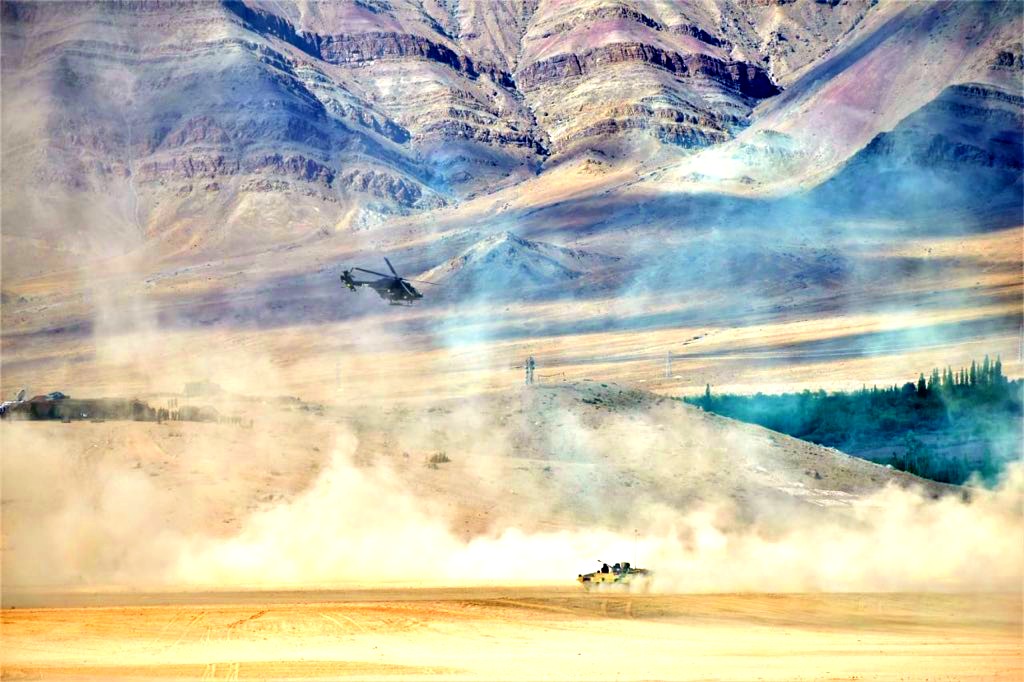
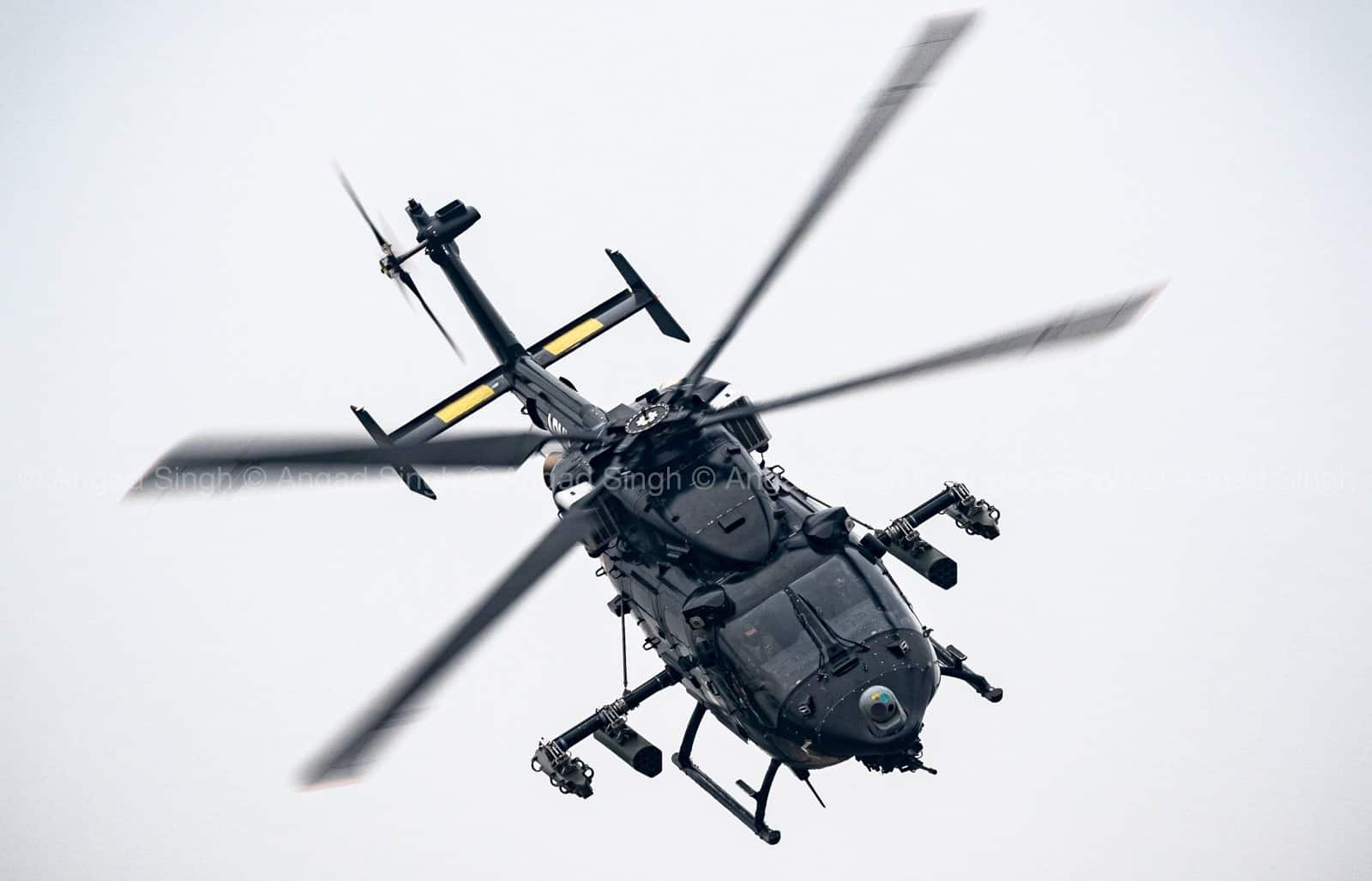
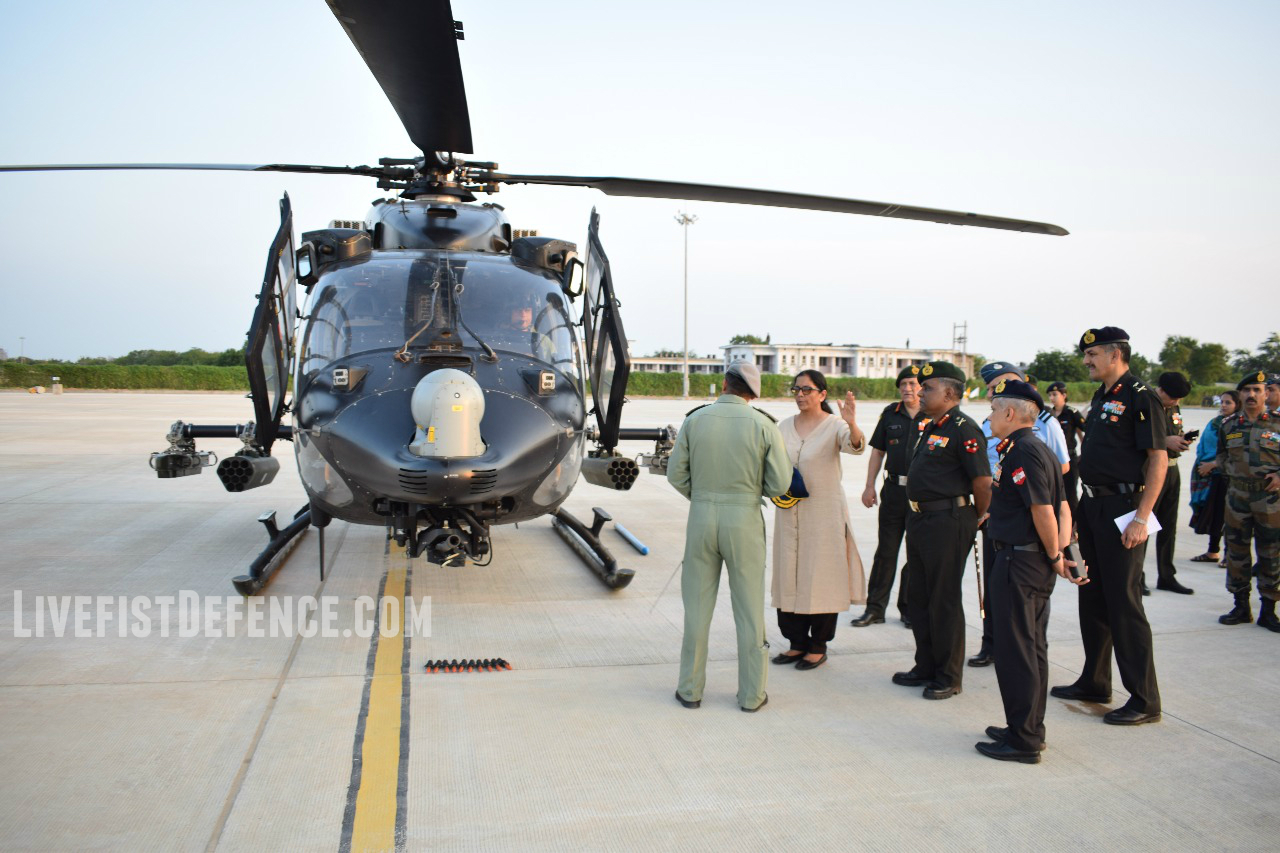
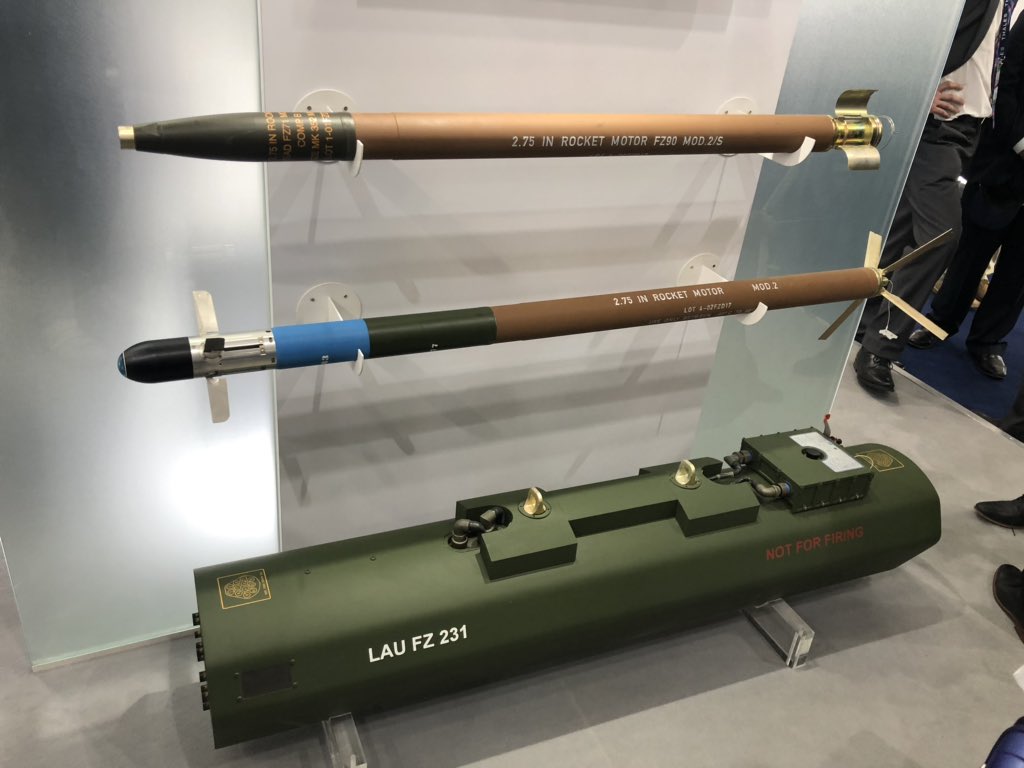

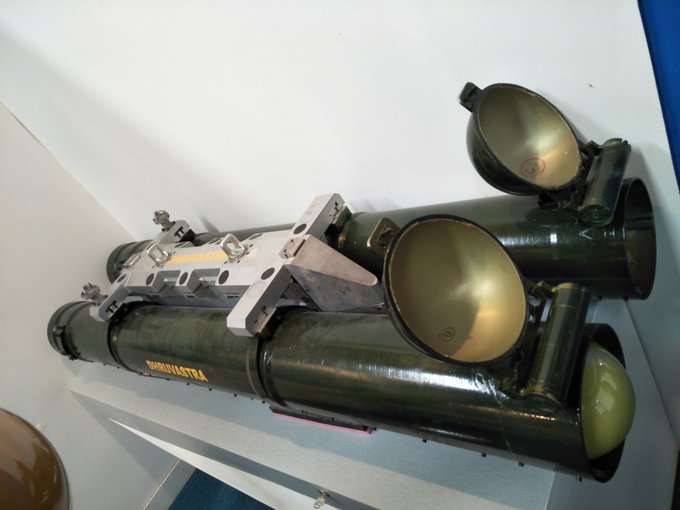
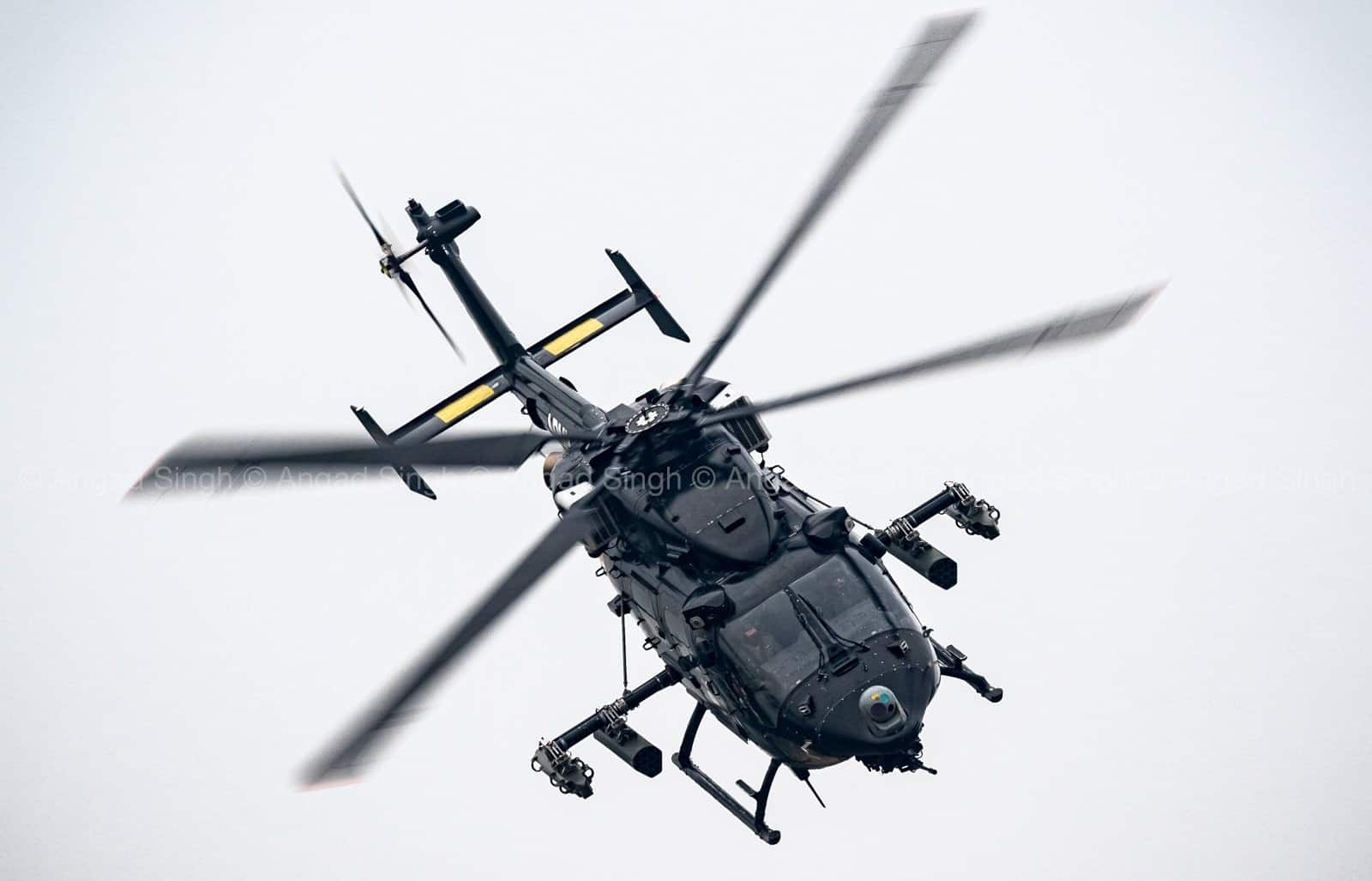
Sir, while there is no disagreement that the air force has had issues with the army where they felt that the army was impinging into domains which was hitherto a domain considered exclusive to the IAF and led to some bad blood between the forces, the author has mixed up facts and assumed a lot of things.Elbit Systems, which in May 2007 joined forces with HAL and MerlinHawk Associates Pvt Ltd to create HALBIT Avionics Pvt Ltd (HALBIT) as an India-based joint venture company, is presently proposing four items for the LCH: integrated AMLCD-based glass cockpit, the 25kg C-Music directional infra-red countermeasures (DIRCM) suite, Tadiran SDR-7200AR multi-bandwidth software-defined radio, and the QuadEye panoramic night vision goggle. The IAF has also demanded that the LCH be equipped with anti-missile defence system like BAE Systems’ ‘Boldstroke’, which uses modular open-system architecture and non-proprietary standard interfaces that support interchangeability, technology insertion, and diminishing manufacturing sources resolution. It allows for direct and fibre-coupling between the laser and pointer/tracker, providing installation flexibility to meet the size, weight, and power requirements of both light and heavy rotary-winged platforms. It is much lighter, has fewer moving optical parts and uses mirrors instead of a physical ‘light pipe’ to shoot its laser. The entire unit is housed in one box. A helicopter with ‘Boldstroke’ mounted on either side would have 360 degrees of assured protection from IR-guided anti-aircraft missiles.
Despite all these, as of now, the IAF has made only a verbal commitment to procure 65 LCHs, and no firm contract exists to translate this assurance into reality. This then brings us to the inherent design/performance flaws of the LCH, especially when comparing it with the Harbin ZW-19 attack helicopter. Firstly, there is the issue of optimising the LCH for its primary function, which is to ensure air defence against UAVs and slow-moving aircraft, be it at any altitude. If that’s what the IAF desires, then why employ a twin-engined tandem-seat LCH? Why can’t a single-engined LOH/LUH like Eurocopter’s AS.550C3 Fennec, armed with a THALES-built FLIR turret and a solitary 20mm gun-pod from Nexter Systems, which has already flown to altitudes of 22,000 feet, be tasked with such a mission? Secondly, if the LCH is tasked with a hunter-killer mission, i.e. seeking out and destroying UAVs, then can this be done with only a solitary nose-mounted FLIR sensor? Wouldn’t it be much better if instead of the FLIR sensor, a nose-mounted search radar capable of broad area surveillance was mounted on the LCH’s nose, and the FLIR turret be mast-mounted atop the main rotor hub purely for optronic fire-direction purposes? A nose-mounted search radar is also a prerequisite for the LCH to engage in anti-tank warfare from standoff distances that would keep the LCH away from hostile VSHORADS/MANPADS. In fact, this is exactly what AVIC has achieved with the ZW-19. Then there’s the peculiarly engineered rear landing gear attached midway to the LCH’s tail section, which is outright dangerous when the LCH is flying nap-of-the-earth flight profiles over urban or jungle terrain. Another design compromise concerns the LCH’s twin stub-wing armament booms, each of which can carry only two ATGMs, instead of an appreciable four (totalling eight ATGMs, as is the case with the ZW-19). And last but not the least, the ZW-19 comes equipped with a weight-saving fly-by-wire flight control system, while the LCH does not.
In conclusion, it does appear that the IAF’s ASQRs were drafted in such a manner that the LCH would be acceptable more as a platform for engaging in aerial combat—and by consequence being IAF-commanded and -operated--than for engaging hostile ground-based armoured/mechanised formations, something the AAC would have loved to get its hands on. Instead, a needless inter-services turf war has ensured that the LCH remains the sole property of the IAF and never morphes into the more-urgently needed LAH, with the AAC being forced to accept an inferior platform—the ‘Rudra’ armed with a mere four ATGMs and devoid of a nose-mounted search radar capable of detecting and engaging hostile armoured/mechanised formations from distances that are beyond the reach of hostile VSHORADS/MANPADS.—Prasun K. Sengupta
TRISHUL
<a href="http://www.skepter.com/">craigslist</a>, <a href="http://www.youtubetomp3.name/">youtube to mp3</a>trishul-trident.blogspot.com
The state-of-the-art helicopter is being supplied under an inter-governmental MoU concluded last week. The chopper, which costs around seven million USD, is being supplied under a 100 million USD line of credit extended by India to Mauritius over three years ag Kodi nox o,The state-of-the-art helicopter is being supplied under an inter-governmental MoU concluded last week. The chopper, which costs around seven million USD, is being supplied under a 100 million USD line of credit extended by India to Mauritius over three years ago,
| Thread starter | Similar threads | Forum | Replies | Date |
|---|---|---|---|---|
| P | HAL to sign orders for 73 Advanced Light Helicopters, 106 HTT-40 trainers | Indian Air Force | 0 | |
| S | AMCA - Advanced Medium Combat Aircraft (HAL) | Indian Air Force | 10740 | |
|
|
HAL IJT 'Sitara' : News , Updates & Discussions. | Indian Air Force | 0 | |
|
|
HAL's 'HLFT-42' Fighter Trainer Jet Project | Indian Air Force | 30 |
